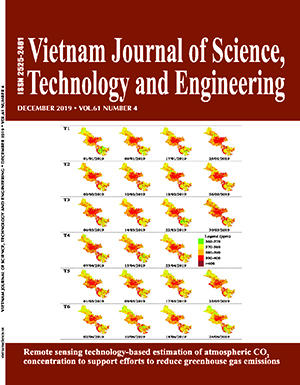Transgenerational effects of the plasticizer di-2-ethylhexyl phthalate on survival, growth, and reproduction of Daphnia magna.
Tóm tắt
In this study, we conducted a chronic toxicity assessment of di-2-ethylhexyl phthalate (DEHP) on the life history traits of Daphnia magna across three generations. In the first generation, the neonates (called F0 Daphnia) were raised in a control environment (C, toxin-free medium) or in a medium containing DEHP at three concentrations 5, 50, and 500 µgl-1, abbreviated as P5, P50, and P500, respectively. The offspring from the F0 control (called F1 Daphnia) were raised in toxin-free medium (denoted as C-C). However, the offspring from the P500 exposure were split into two groups: (i) the first group was raised in a toxin-free, control medium (denoted as P-C) and (ii) the second group was raised again in a medium containing 500 µgl-1 DEHP (denoted as P-P). The offspring from the F1 (called F2 Daphnia) were split again and treated in the same manner as F1, resulting in C-C-C, P-P-C, and P-P-P. The exposure time for each generation (F0, F1, F2) was 21 days. The survival and reproduction of D. magna over the three generations (F0, F1 and F2) were recorded daily during the 21 days of incubation. The body length of the animals in the F0 was measured by the end of incubation. The results showed that the survival rate of D. magna in the control and DEHP treatments was similar, while the DEHP strongly enhanced the reproduction of D. magna in the F0 and F1 generations. However, in the F2 generation, the survival rate for P-P-C and P-P-P was only 45-50% compared to the control. Consequently a much lower accumulative neonate proportion in DEHP treatment was found, around 50% compared to the control. The reduction in survivorship and reproduction of D. magna in the F2 generation and the smaller body length of the P500 treatment is a consequence of energy cost and trade-off under the chronic effects of DHEP. The results revealed that the population development of the micro-crustacean may lead to an extinction upon continuous exposure to high phthalate concentrations in natural water bodies. In situ monitoring on phthalates and zooplankton in aquatic ecosystems is suggested.Keywords: chronic effects, life traits, micro-crustacean, plastic additives.
Classification number: 5.1




